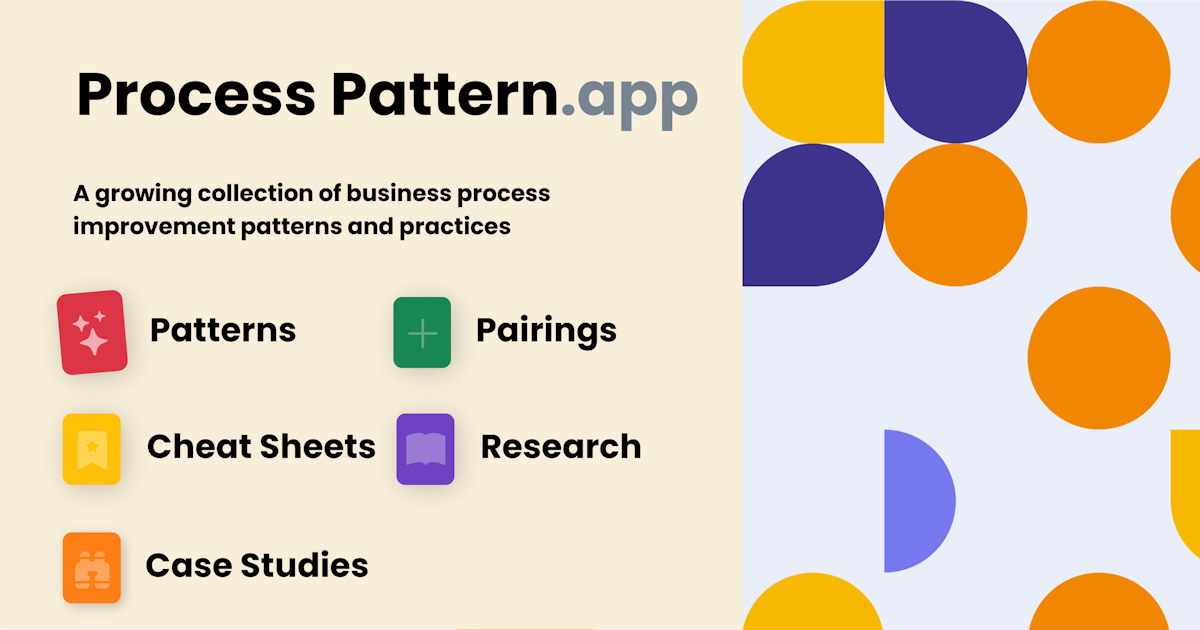assisted-bpr-modeler
A modeler application for assisted Business Process Redesign of BPMN process diagrams.
Welcome to Assisted BPR Modeler
This project is modeler application for assisted Business Process Redesign (aBPR). aBPR is a JavaScript application that demonstrates the application of redesign patterns in BPR initiatives. It is an implementation of the reference architecture presented in An assisted approach to business process redesign (In Decision Support Systems, 10.1016/j.dss.2022.113749) and based on Camunda Modeler.
Quick links
Love Redesign Patterns?
process-pattern.app - A useful collection of patterns and best practices for process improvement observed in the field and collected to spark your ideas
Getting started
Depending on your Windows plattform (32 bit vs. 64 bit), either download camunda-modeler-5.0.0-abpr-win-x64.zip or camunda-modeler-5.0.0-abpr-win-ia32.zip from the latest release and extract the .zip file. In the extracted folder, you will find the Camunda Modeler.exe file that you can execute. Since the aBPR tool is an extension of the Camunda Modeler, you can use the tool also to edit .bpmn, .dmn or .form files. The file extension for working with aBPR process diagrams is .simubpmn for simulable BPMN.
Video demonstration
A short demonstration video is provided here:
An extended demonstration video is provided here:
How it Works
The software prototype is a web application that starts from an empty canvas or from an existing BPMN diagram. It enables the user to annotate and edit a process model and recommends redesign options based on the process model and a defined performance objective (i.e., time, cost, quality, and flexibility). The user can then apply these recommendations and evaluate their impact with simulation experiments. This procedure is repeated until satisfaction with the process model is achieved. In our prototype, we support process redesign patterns by Reijers & Limam Mansar (2005) in varying levels of automation: The triage and activity automation patterns are implemented as guided advice, the parallelism and extra resources pattern are implemented as advice whereas the remaining are implemented as hints and ideas.
1) Import or model a BPMN Business Process for improvement.
2) After setting the performance objective, a list of recommendations indicates potential improvements to the process model, such as the parallelization of tasks.

3) The recommendation can be automatically applied to the model. Changes to the process model are tracked.

4) Additional changes can be made to the model.

5) A simulation experiment is executed in the background and helps to evaluate the impact on the performance objective.

The procedure starts over allowing for an iterative improvement of the process model.
Further Resources
Shoutout to YOU SHENG CHEN who turned the original paper into a slide deck: An assisted approach to business process redesign.pptx.
Built with
- Camunda Modeler - An integrated modeling solution for BPMN and DMN based on bpmn.io.
- Scylla, an extensible BPMN process simulator.
- Fluent UI - A collection of utilities, React components, and web components for building web applications.
- And further dependencies as detailed in THIRD_PARTY_NOTICES
Contact
Tobias Fehrer (@dtdi, LinkedIn, tobias-fehrer.de)
